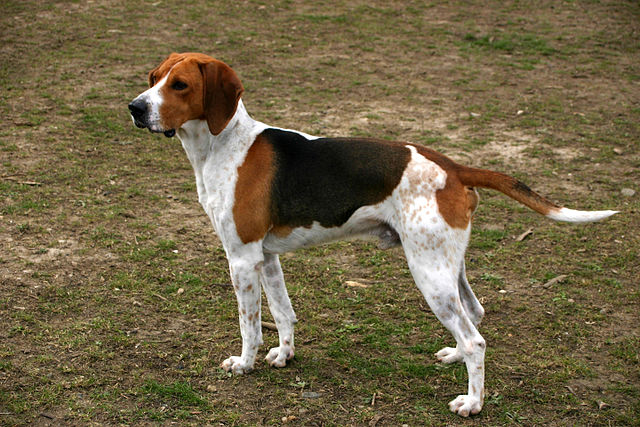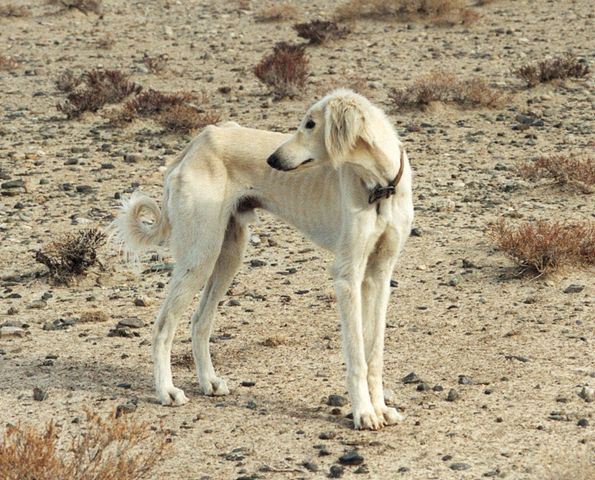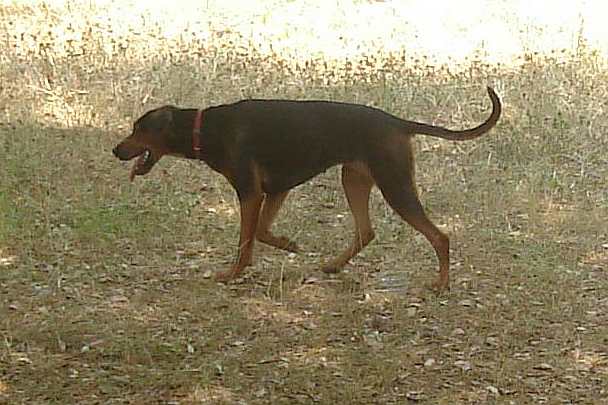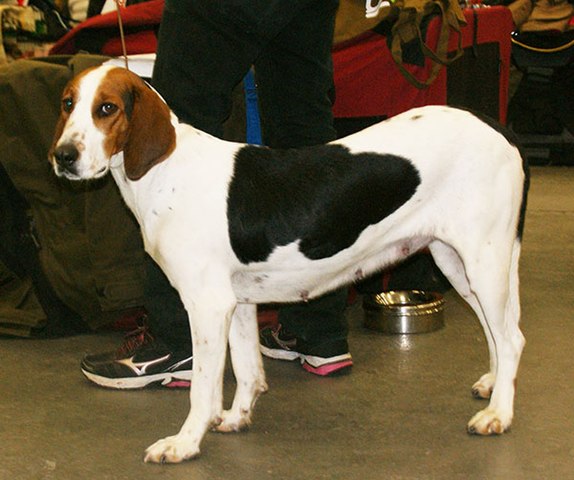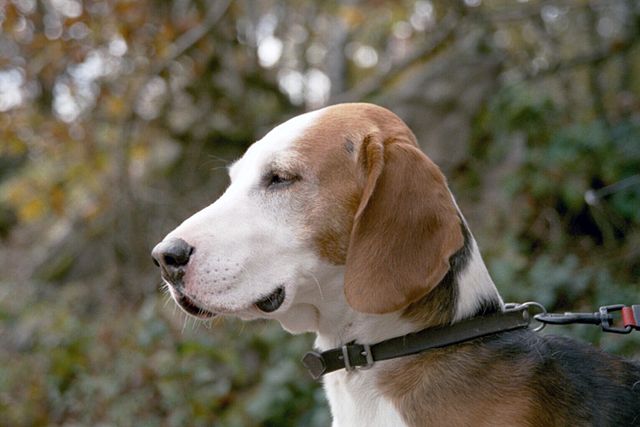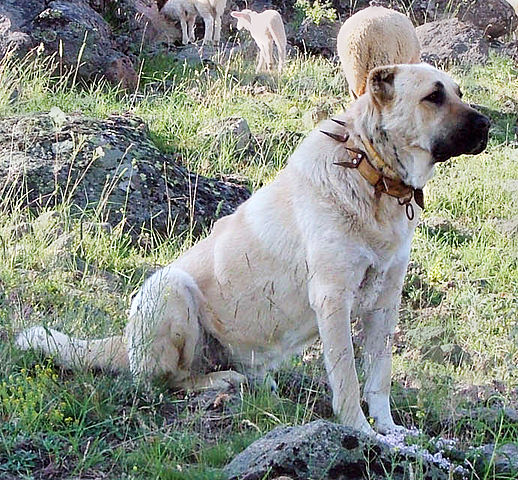The Sporting Lucas Terrier is a somewhat modern breed although not a “designer dog” by any means. Starting around the end of World War 1, the Sealyham Terrier was crossed with the Norfolk Terrier in order to keep the breed from getting too big as some of the show bred Sealyhams were trending toward. These dogs were called Lucas Terriers. In the 1990’s a man named Brian Plummer bred these Lucas Terriers with Jack Russells and Fell Terriers and the resulting dogs were then deemed Sporting Lucas Terriers. There has since been a split in these two bloodlines, with each being considered a different breed. Today the breed is used to hunt vermin and is considered a true working terrier. They are known for “going to ground” (down into holes) and squishing into tight corridors in order to do their job.
The Sporting Lucas has a sturdy build despite his tiny size. The wiry coat is either mainly white with dark patches, or mainly dark with white patches – always coming in two or more colors. The tail is traditionally docked. The head is broad without being heavy and possessing a distinctive stop and high-set folded ears. The dog should never be square in profile, but rather be an oblong shape with legs that are fairly short.
The Sporting Lucas Terrier, like most terriers, is overly-confident and active. This means he’s a poor choice for an owner looking for just a lapdog. He enjoys adventures and getting himself into trouble! This said, compared to some of his terrier cousins he is a little less inclined to launch himself into reckless situations. He also has a touch less energy, being less hyperactive than related breeds as long as he is given adequate exercise. This is an alert and rugged little dog with a strong will to hunt that can also make a great companion in the right home. 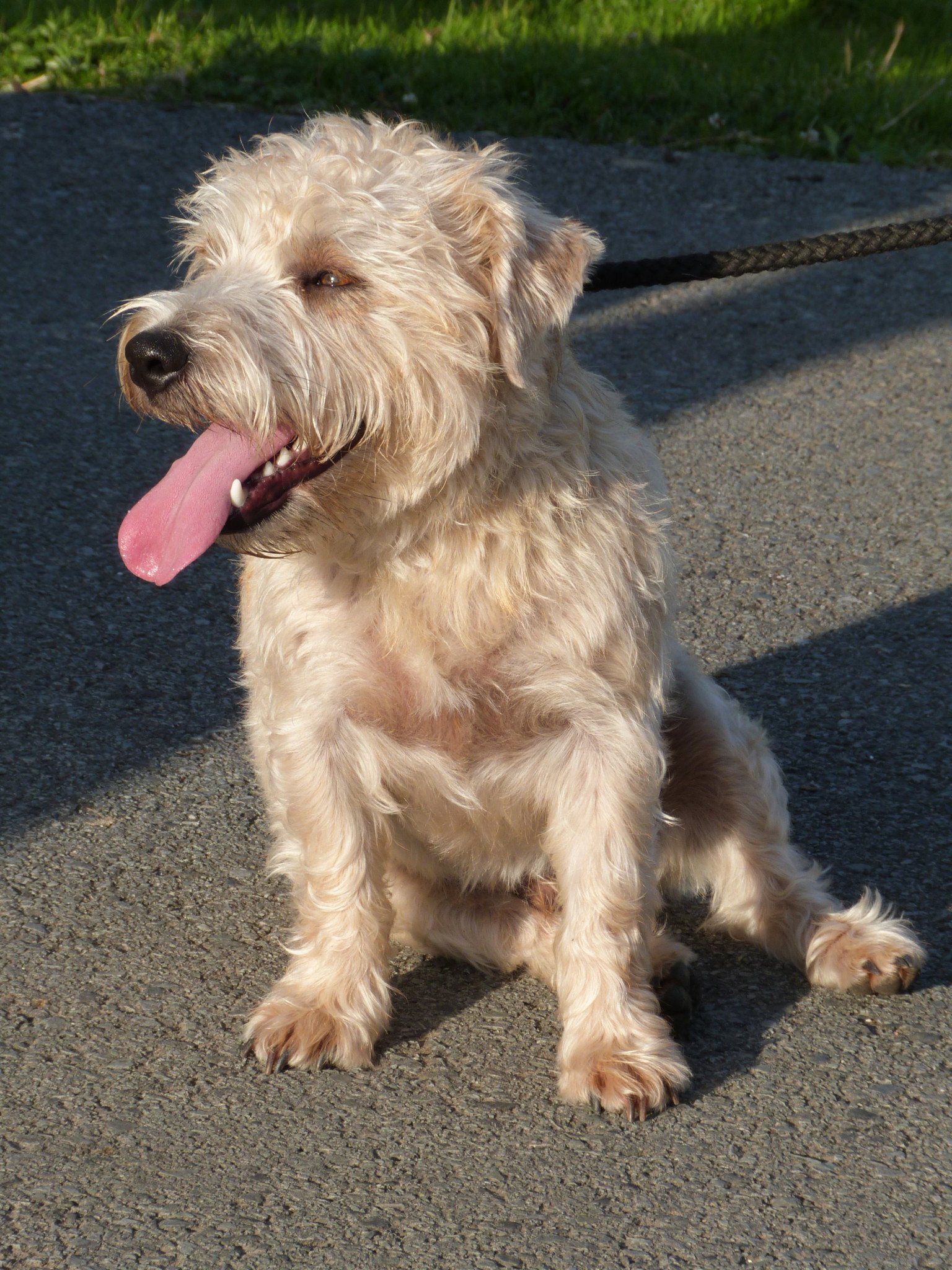
Sporting Lucas’ are friendly with both people and other dogs in general, although may be a little too boisterous around timid dogs. They are the happiest when with people they know and love such as their families, and with strangers can range from sociable to indifferent. They aren’t known to bark at strangers while out in public (although will often bark at guests at the door) and generally have stable, level-headed temperaments. Despite their diminutive size, they can command the attention of any room with their large personalities. Sporting Lucas Terriers do best when living in country settings or places with plenty of land. They have a bit too much energy for an apartment.
The Sporting Lucas is responsive to obedience training despite his fairly independent mind. This is because he is intelligent and enjoys learning new things! His willingness to please and excitement to learn can make him a good dog for even a novice owner. This said, it is important to exercise both his body and mind so that he doesn’t get bored and become destructive. Regular obedience lessons combined with hardy walks and plenty of enrichment exercises (such as nosework, Frisbee, agility or flyball) are required to ensure a happy and well-behaved terrier. Owners that have the ability to take the dog hunting as well will see the most benefit to their dog’s well-being!
Sporting Lucas Terriers are only recognized by the UKC. This is true even in Scotland where the breed was originally created due to the controversy over the breed split. The Lucas Terrier has more of a following in Scotland, particularly in dog shows while the Sporting Lucas is more often seen as a working terrier and valued for his speed, flexibility and willingness to hunt, even in inclement weather.

